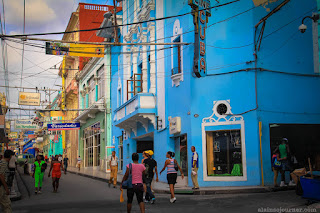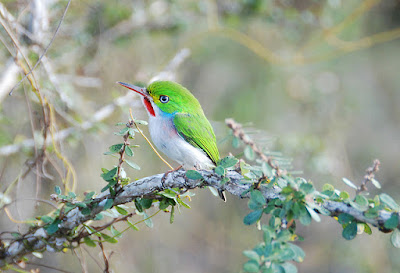Cuban Art Outshines Politics

Written by Sophia Bass In New York Times article, “Cuba Art Outshines Politics,” author Abby Ellin paints a picture of Cuba’s current political and cultural state. As politics among Cuban and American relations continue to shift between the Obama Administration and Trump Era, Cuba has become a fascinating destination for art, music, and culture. This has become evident through museums around the United States and Havana. In the last year, the Bronx Museum, El Museuo Nacional de Bellas Artes, and Cuban Museum of Natural history all featured visual Cuban artists. In addition, the Walker Art Center in Minneapolis attributed to the rising interest in travel to Cuba during the Obama Administration. Iliana Cepero, professor of Latin American Art and Cuban Culture at New York University states, “Cuba was a cultural center in Latin America from the 50’s to 80’s.” As political tension between Cuban and American relations have been present, the Cuban people have been waiting for ...




